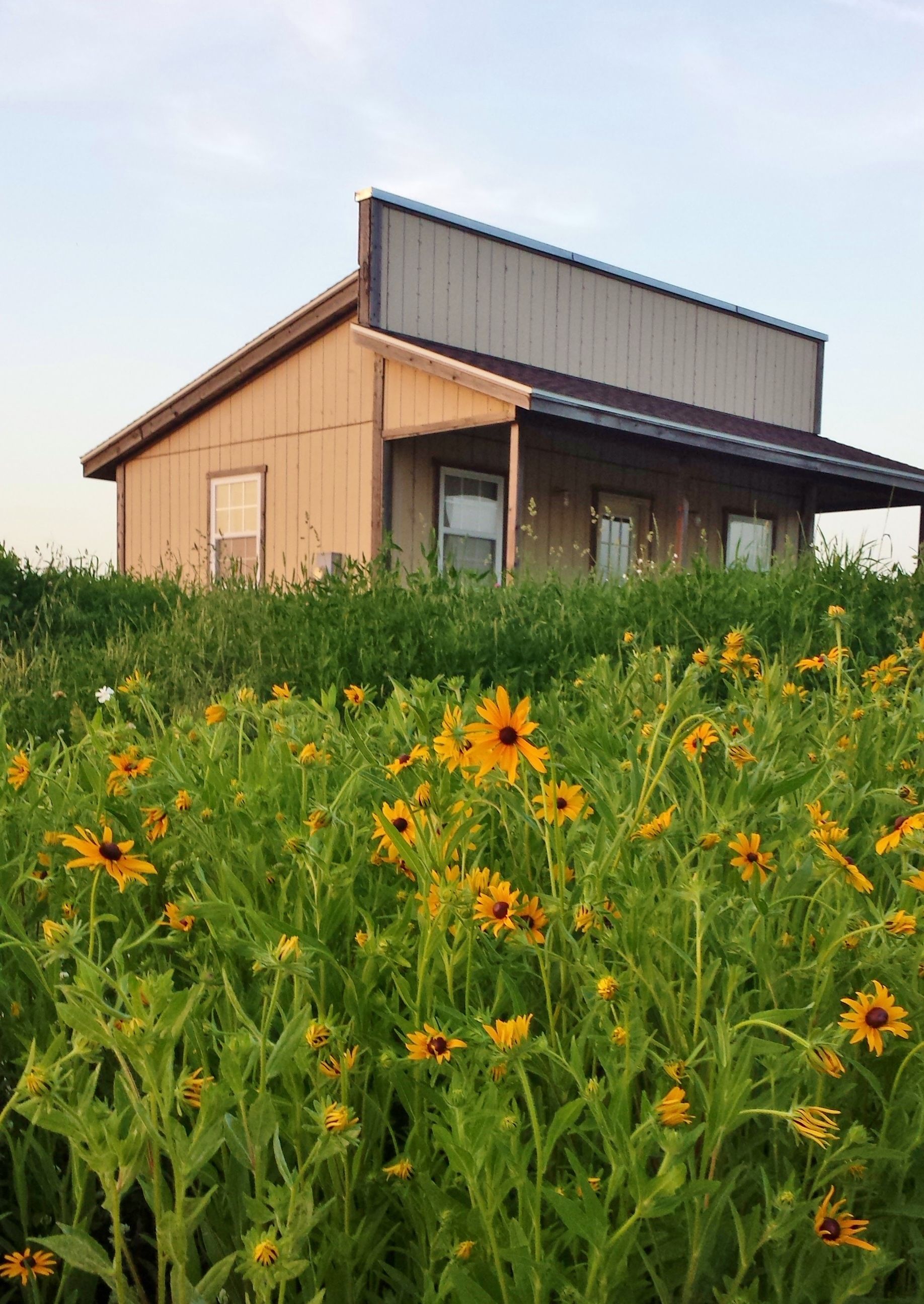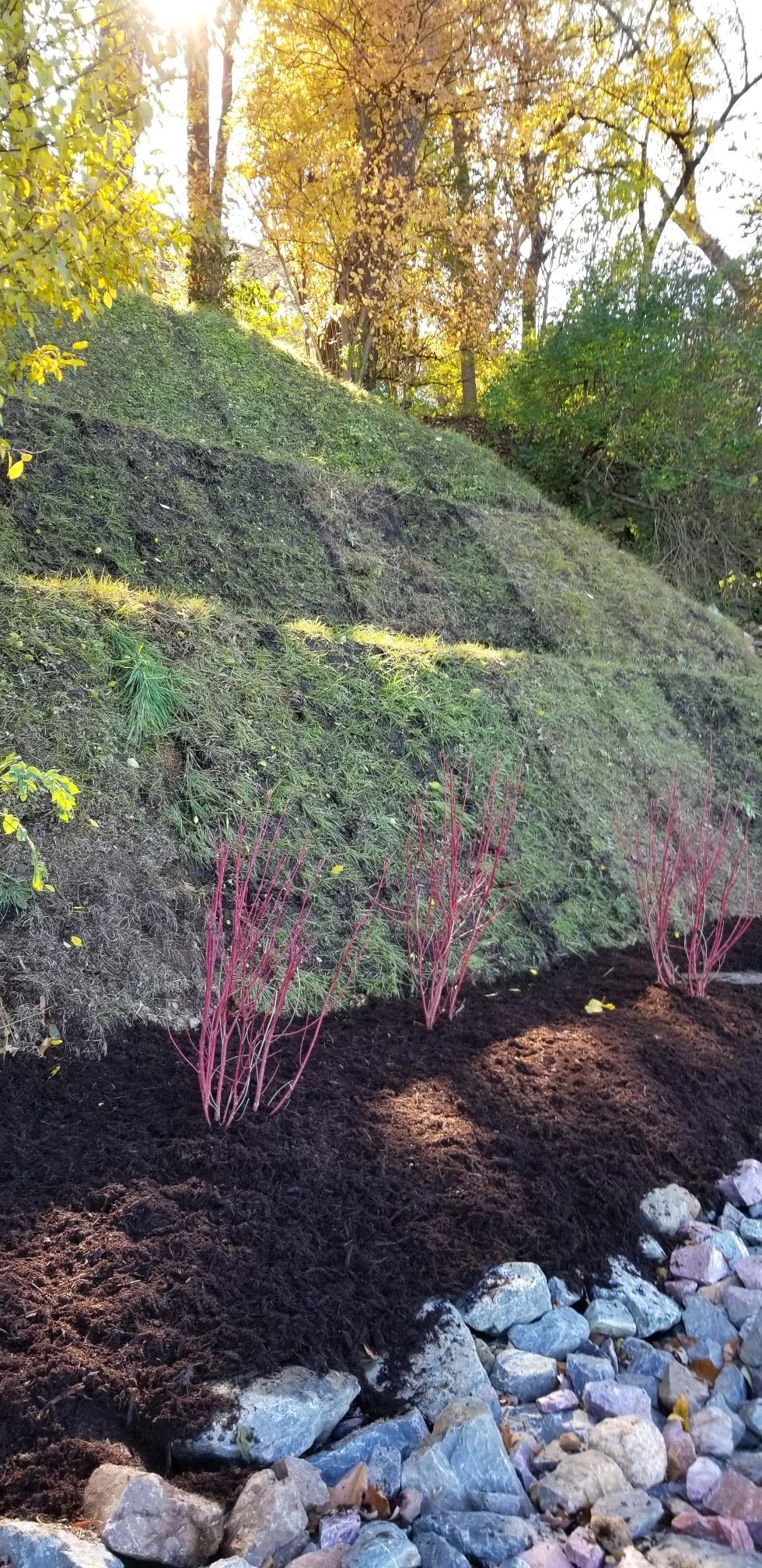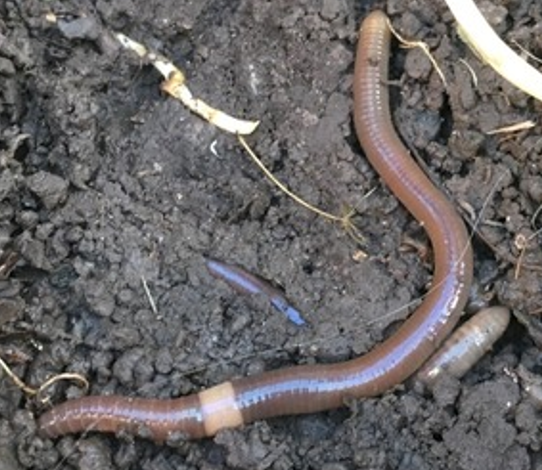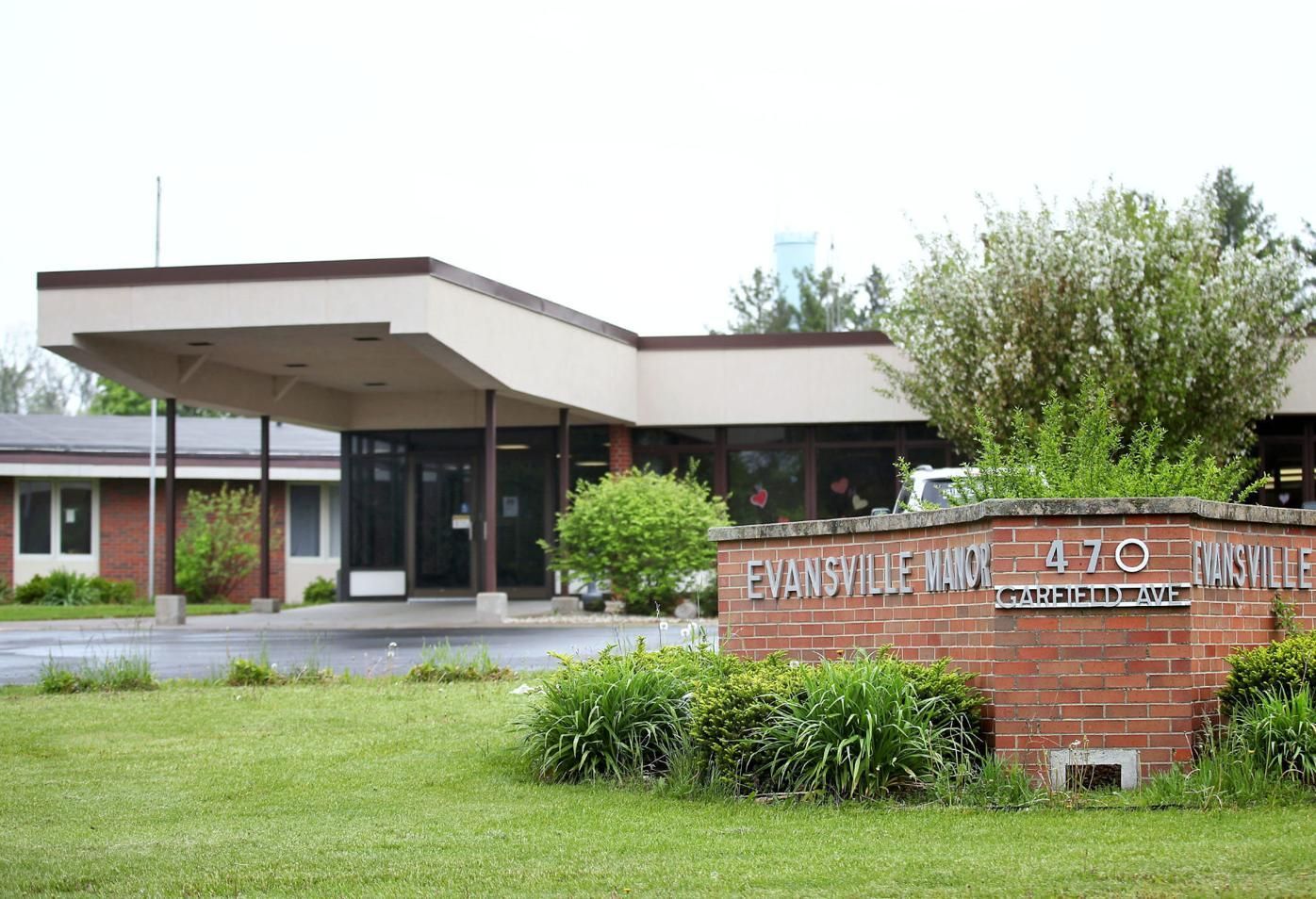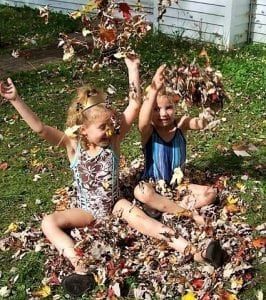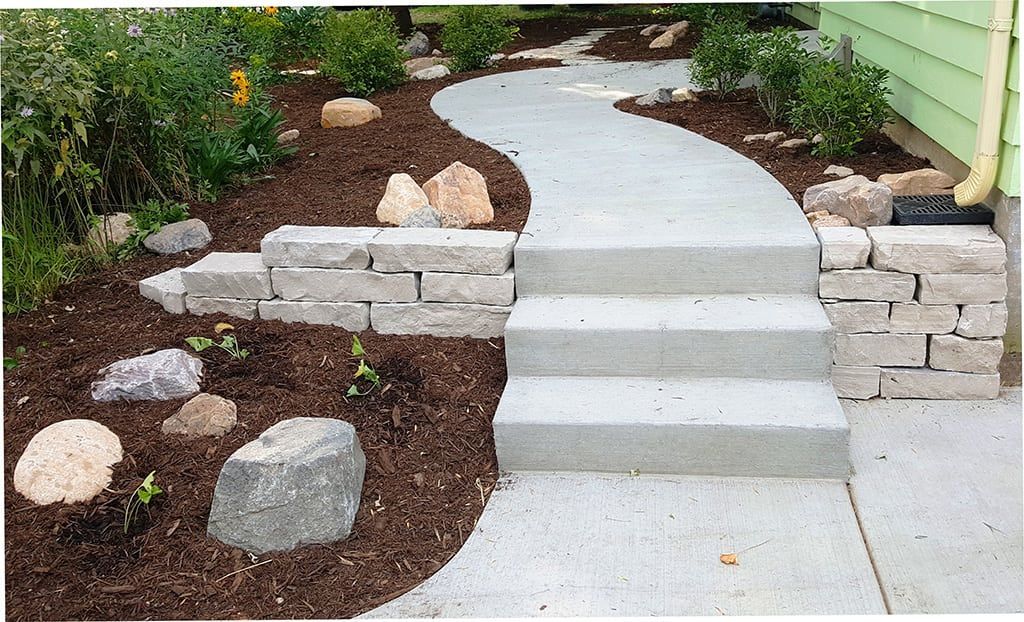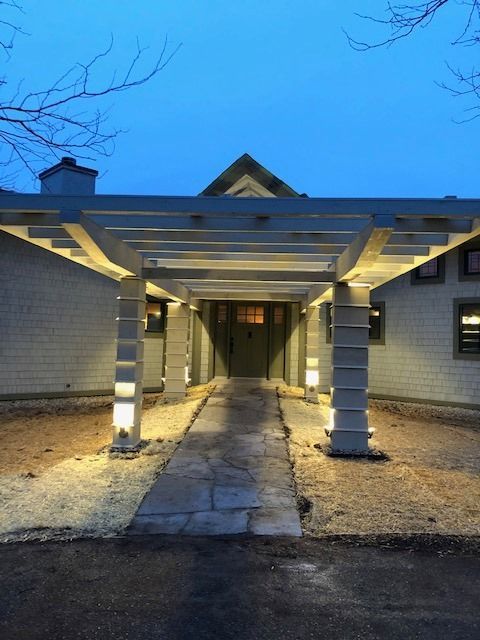Naïve to Natives- From the Wife of a Landscape Architect
CATEGORIES
RECENT POSTS
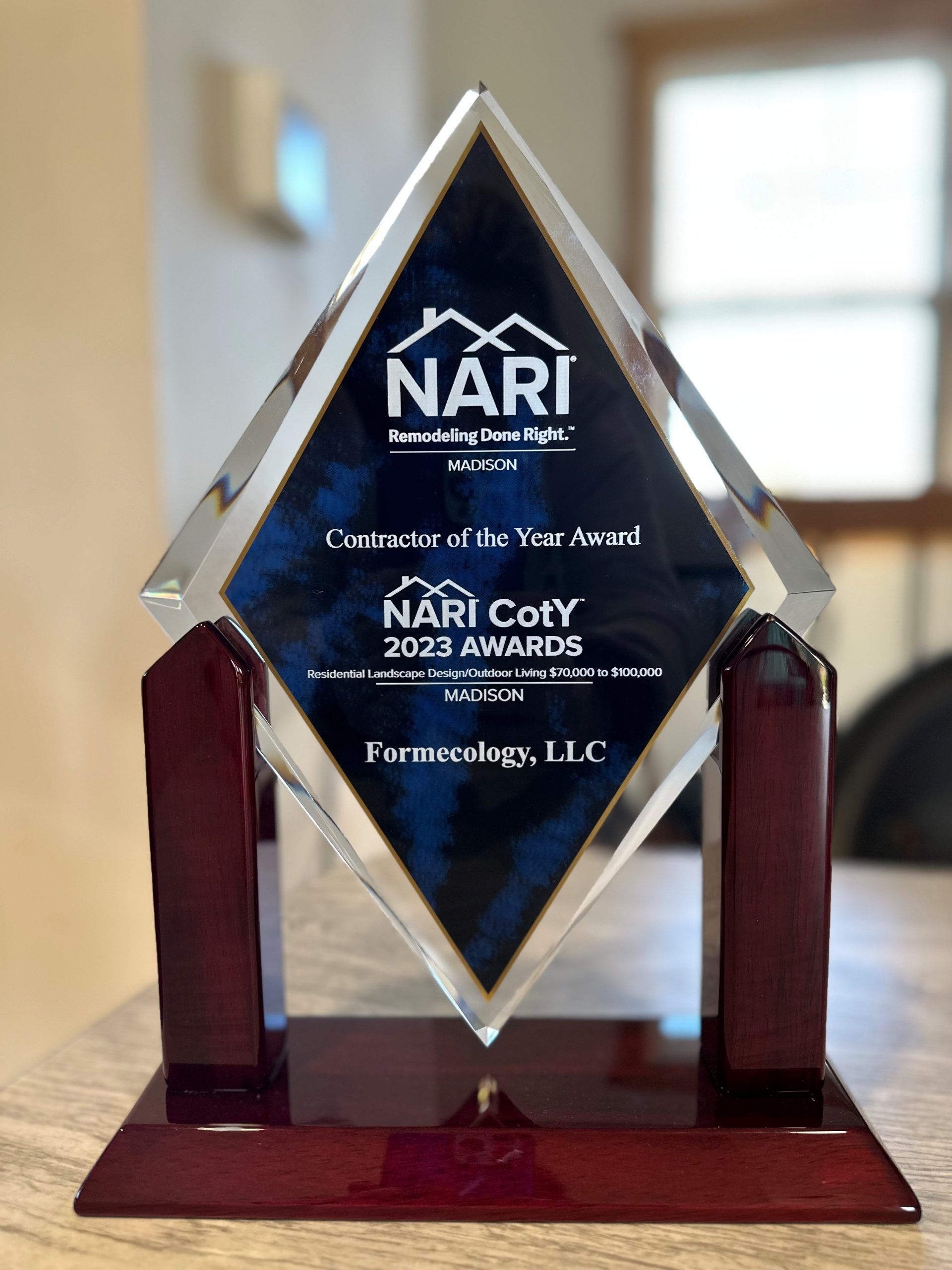

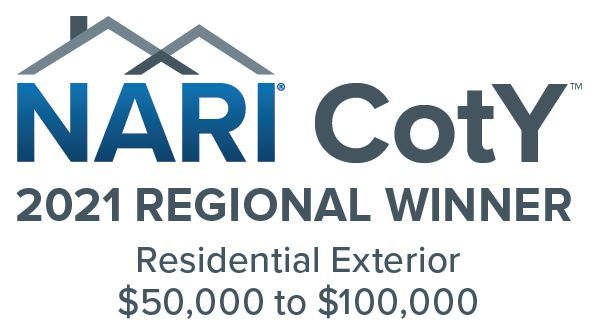
Being the wife of a Landscape Architect, you would think I would know something about plants and landscape design, but the reality is, I didn’t know much at all. Not only about traditional landscaping, but “sustainable” landscaping, in which my husband and our company, Formecology, LLC, specialize in. I know my husband likes to incorporate “native” plants, with long funny names, in his landscape designs like Asclepias Tuberosa (Butterflyweed), Aster Cordifolius (Aster), Echinacea Purpurea (Purple Coneflower), etc… but for some reason it took me a while to understand why he doesn’t use more commonly known plants, shrubs, and trees that everyone and their brother uses to landscape their front yards. I guess it is the same reason why most people now days drive fuel efficient cars, recycle and eat organic. When you become aware of how the way you live can positively affect the environment and everyone around you, then you want to make that change.
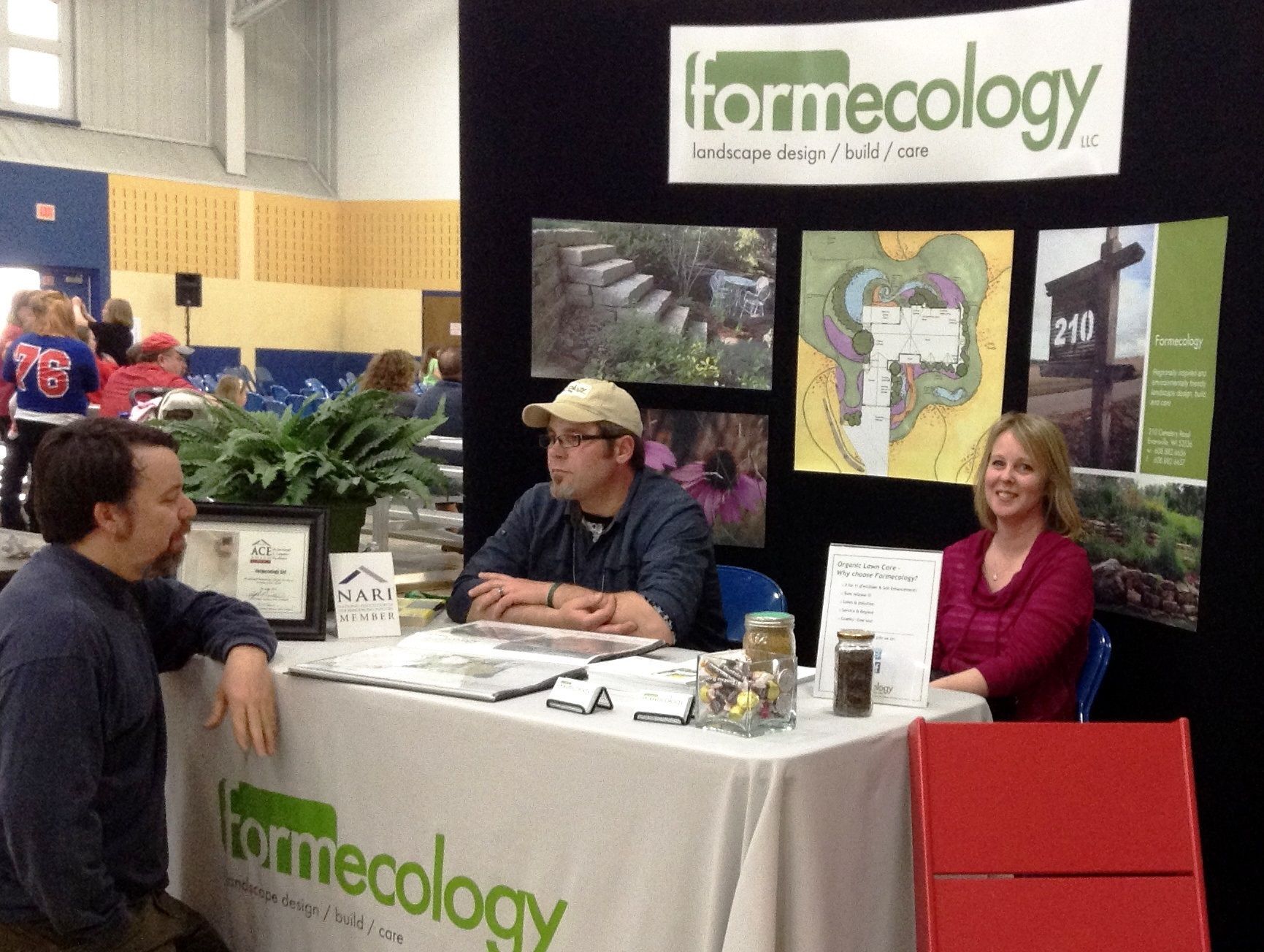
What is so special about these “native” plants? I attended a couple of landscape seminars with my husband, and it turns out I learned more than I thought I would. I now have a new appreciation for these plants and for sustainable landscaping. Native vegetation is plants, trees and shrubs that are specialized to our region and have been around for many years. They have adapted to our environment and can thrive in our ever changing climate. You don’t even have to care for them. They care for themselves. These plants are wonderful to use in rain gardens because they have long root systems, with some spanning up to 14 feet underground. This helps to absorb the water into the ground like a sponge rather than running off into our lakes and streams. Grass has a root system of about an inch and cannot help much with water retention. The long root systems of native plants are also very fibrous and this acts as a filter to clean water of debris and chemicals before flowing into our waterways. Pretty cool!
Most importantly, because native plants are special to our region, they are also special to the ecosystem that relies on them for survival. Because these plants and other vegetation have been around for many years, certain bugs, caterpillars, birds and other pollinators have developed a special adaptation pollinating and eating these plants. Some plants are toxic to caterpillars, but over time, caterpillars have developed immunity to certain native plants. In turn, some birds developed immunity to certain caterpillars. If you remove these native plants, then the caterpillars will have nothing to eat and could not turn into beautiful butterflies. Birds won’t have caterpillars to feed their hungry babies. The pollinators won’t be able to pollinate the plants to continue the web of life. Because of this, some birds and butterflies will go extinct. How sad.
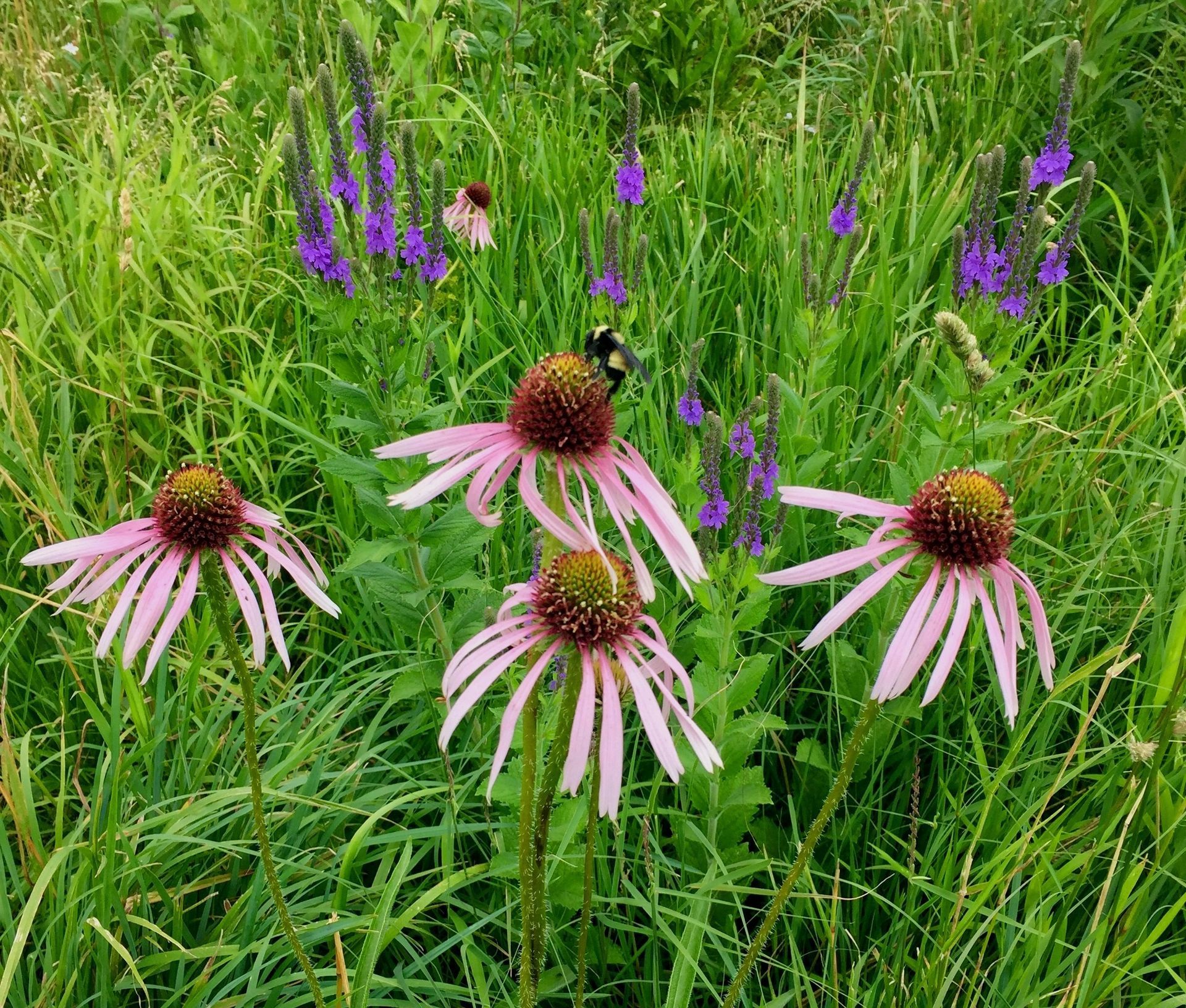
Lastly, these native plants are beautiful. I love looking out over our prairie and watching the landscape change color and shape over the seasons. I love seeing what new birds, butterflies and wildlife come to visit the prairie and the flower beds. I love how low maintenance these plants are. And my favorite, I love knowing how impactful these native plants are to our environment.
